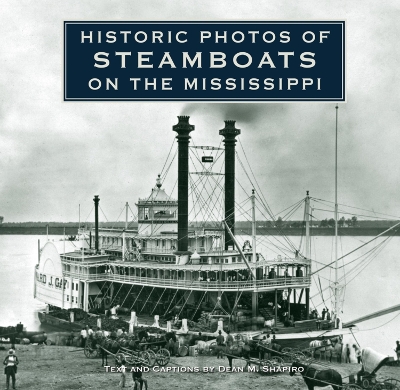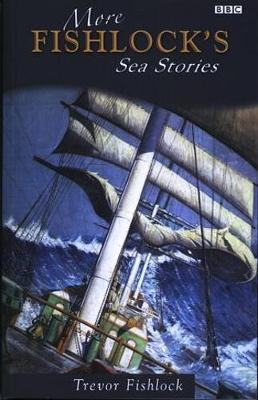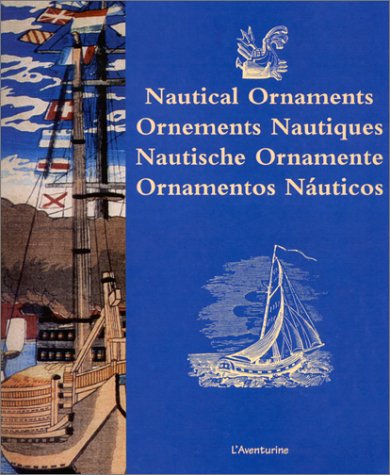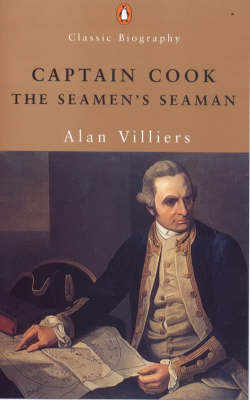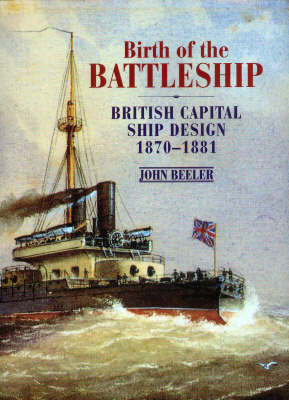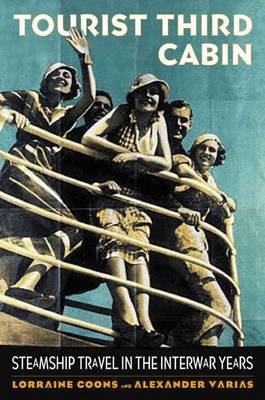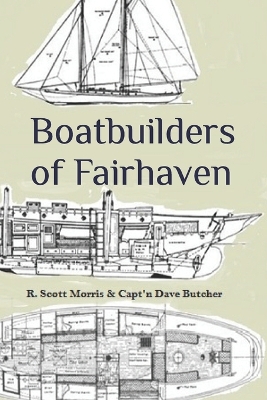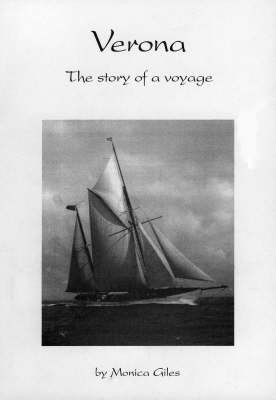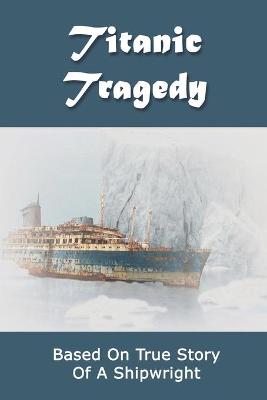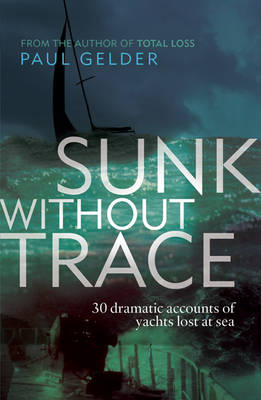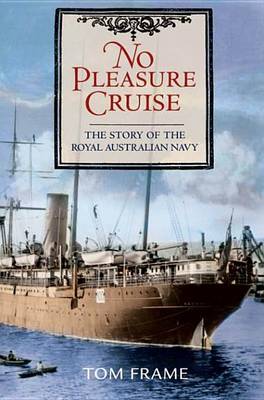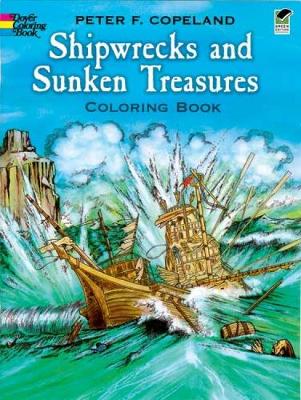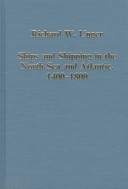Historic Photos of Steamboats on the Mississippi (Historic Photos)
by Dean M Shapiro
The most important explorer of his day, Captain James Cook's coat of arms carries the motto: "He left nothing unattempted". During three major voyages, first in HMS "Endeavour" and subsequently in HMS "Resolution", Cook added many new places to the world map, including the islands of Hawaii. He charted the coast of New Zealand, and the east coast of Australia, conducted important astronomical observations, witnessing the transit of Venus from Tahiti, and began the search for a north-west passage...
Organized by the four major ages of warships - galley, sail, steam, and modern - George graphically presents the design evolution, construction, and operational uses of specific ship types, including their defenses, weapons, propulsion, and famous sea battles. While his focus is on ships of major naval powers, he also offers interesting examples from lesser navies and includes Leonardo da Vinci's submarine designs, Germany's pocket battleship, Austria's World War I air-cushion catamaran, and Ita...
Many books have covered the technological revolution that saw wooden hulls replaced by iron and steel, sail superseded by steam, and smooth-bore muzzle-loading gun giving way to rifled breech-loaders and entirely new weapons like torpedoes. But previous works have tended to concentrate on the technology itself, largely to the exclusion of external but crucial factors, like politics, finance, administrative problems, foreign threats and strategic situations. The years 1870-1885 have also been neg...
"Tourist Third Cabin" offers a window into a bygone era, where the technological marvels and floating palaces of modern steamships like the Queen Mary, the France, and the Titanic transported a new breed of tourist between Europe and North America. The interwar period saw the birth of mass transatlantic tourism, and women, students, and ordinary people took to the seas in search of education, fun, and freedom. It was also a period of tumultuous social and cultural change. Historians Lorraine Coo...
The launch in 1906 of HMS Dreadnought, the world's first all-big-gun battleship, rendered all existing battle fleets obsolete while at the same time wiping out the Royal Navy's numerical advantage. Britain urgently needed to build an entirely new battle fleet of these larger, more complex and more costly vessels. In this she succeeded spectacularly: in little over a decade fifty such ships were completed, almost exactly double what Germany achieved. This heroic achievement was made possible by t...
Ships, Shipwrecks and Maritime Incidents Around the Isles of Scilly (Museum Publication S., #3)
By the same author as the bestselling Total Loss, this is a new collection of terrifying and compelling accounts of yachts lost at sea. The seven deadly causes of loss continue to take their toll, and Paul Gelder has compiled first-hand accounts of shipwreck and sinking caused by Collision, Gear Failure, Stress of Weather, Faulty Navigation, Fire, Crew Failure and Exhaustion. The moving, emotionally charged descriptions of shipwrecked sailors abandoning their yachts at sea will have you on the e...
Vast and brilliant white, P&O's flagship the SS Canberra was a final salute to a bygone era of opulence even as she embarked on her maiden voyage, For a decade she carried passengers between Britain and Australia, a 90-day voyage of pampering and decadence. But in March 1982, Britain went to war to defend the Falkland Islands and the SS Canberra found herself, surreally, requisitioned as a troop ship to carry the Marines and Paratroops into battle. Against all odds she surived, playing a vital...
A comprehensive, easy-to-read history of the Royal Australian Navy from its inception in 1901 to the present day.
Shipwrecks and Sunken Treasures Coloring Book (Dover History Coloring Book)
by Peter F Copeland
Ships and Shipping in the North Sea and Atlantic, 1400-1800 (Routledge Revivals) (Variorum Collected Studies, CS601)
by Richard W Unger
This is a collection of articles that examine the technical changes in shipbuilding, as well as new practices in shipping and fishing, from the late Middle Ages to the Industrial Revolution. The text seeks to show how these changes transformed the European economy and affected the relationship between the economy and governments, and to portray the change - which was most dramatic in the Dutch Republic - as part of a general European phenomenon. The studies also investigate the causes behind the...
The story of steamboating in the Canadian West comes to life in the voices of those aboard the vessels of the waterways of the Prairies. Their captains were seafaring skippers who had migrated inland. Their pilots were indigenous people who could read the shoals, sandbars, and currents of Prairie waterways. Their operators were businessmen hoping to reap the benefits of commercial enterprise along the shores and banks of Canada's inland lakes and rivers. Their passengers were fur traders, advent...


